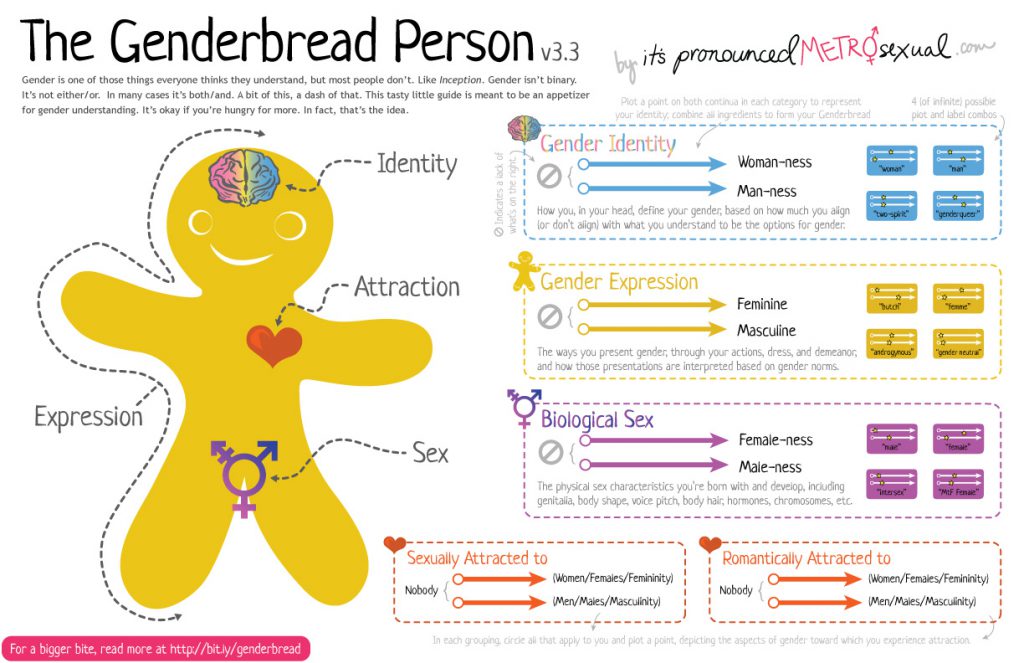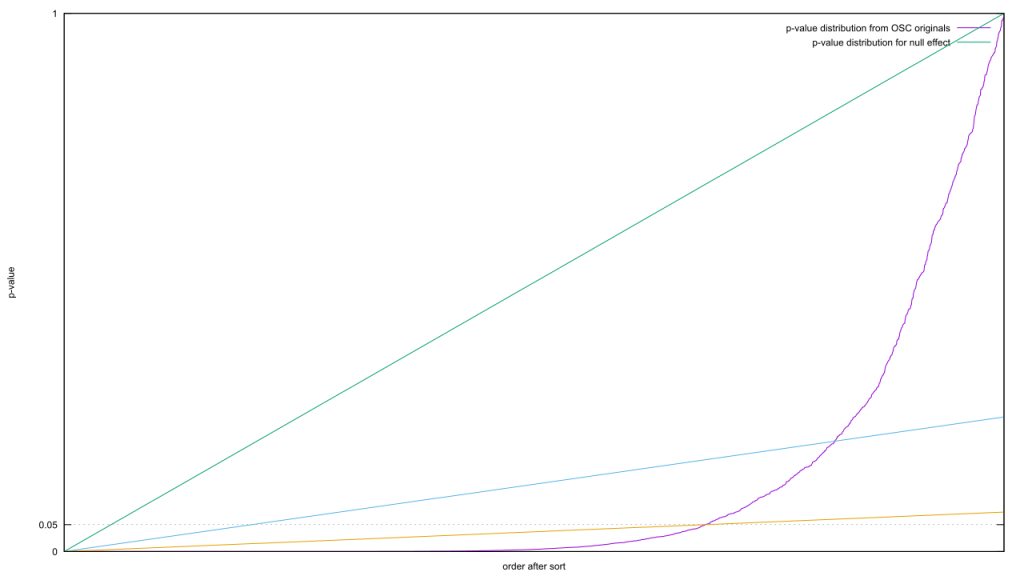You are alive.
This may not seem like much, but consider the other options. Our planet could have been a little closer to our sun, near enough to boil off all the oceans and prevent life from forming. Alternatively, it could have been too far away for liquid water to persist and thus a lifeless ice-ball.
It could have orbited a more massive star, which are quicker to swell into a red giant. From there it could have either expanded and consumed our planet with its scorching plasma, or gone nova and blasted all life on this planet from existence. Smaller stars are actually worse; all stars throw a tantrum during their early years, frying all but the most distant comets with radiation, and the less a star weighs the longer this rebellious phase lasts. We could have been closer to our galaxy’s black hole (death by radiation and random debris), or further away (lack of material and more inter-galaxy cosmic rays). We could have been in a binary system, like nearly all stars out there, and been hurtled into the frigid darkness by the resulting gravitational ballet.
And what if gravity wasn’t as strong? Suns would not have collapsed enough to properly create the higher elements, preventing life from forming. Too strong, and stars would go from “crunch” to “bang” too fast for life to grab a tentacle-hold. Or the entire universe would have reversed its expansion and popped back out of existence before an eye could have blinked.
There are much, much fewer ways to exist than to not exist. And yet here we are, nicely placed around a well-behaved star in a quiet galaxy, in a universe that’s comfortable and gives us a great view.
The odds against our very existence make even the most well-documented miracle seem inevitable. This is clearly one of god’s fingerprints.
Coming Out of Retirement
As the references to biology imply, the Fine-Tuning proof is closely related to the proof from Design. The difference is largely one of emphasis; Design concerns itself with the patterns in biology, while Fine-Tuning points to the patterns within the world that permit biology.
Aristotle’s First Mover is an early example. While Plato’s “Form of the Good” is defined in terms of justice and intelligence, and implied to take an interest in human affairs, the First Mover does not meddle. It merely acts like the pendulum or battery of a clock, ensuring the entire machine runs smoothly. Some other deity does the more personal things. Another ancient Greek philosopher named Cicero puts it better:
When you see a sundial or a water-clock, you see that it tells the time by design and not by chance. How then can you imagine that the universe as a whole is devoid of purpose and intelligence, when it embraces everything, including these artifacts themselves and their artificers?
(De Natura Deorum, ii. 34)
When Nicolaus Copernicus published De Revolutionibus Orbium Coelestium from his deathbed two thousand years later, a new line of argument began to open up. The planets and stars did not circle the Earth, as everyone thought, but instead twirled around the Sun. It didn’t take long for other thinkers to examine the evidence, and reluctantly agree Copernicus was on to something. The structure of the heavens was starting to disagree with the assertions of the ancients and the religious, which prompted questions of how much their elders really knew. The same thing was happening to biology; De Humani Corporis Fabrica, by Andreas Vesalius, was one of the first books to honestly take apart the human body, and revealed there weren’t as many magical bits as previously thought. Instead, our bodies were just messy hunks of meat, with few signs of clear design.
But while biology was getting much more complicated, cosmology was cleaning up its act. The old Ptolemeic system of the heavens was a messy and arbitrary collection of circles moving in circles. The new system, hinted at by Johannes Kepler and fully fleshed out by Isaac Newton, had the universe running according to fewer and much simpler rules. Everything ticked along smoothly, like a precision clock, and there was far more everything than we could comprehend.
In contrast, the simple, perfect body designs we saw from a distance were becoming ridiculously complex plumbing. Even when the simple laws finally showed up, all they described was the overall pattern instead of the detail.
Heading into the 1900’s, the smart money was giving up on biology, and looking to the heavens for evidence of design.
The bet quickly paid off. Scientists were still going along with Plato and Aristotle’s assertion of an infinite, eternal universe at that time. Ironically, the rationale most gave was that it dodged around the infinite chain of the Cosmological proof that was pushed by both ancient Greeks. Most religions, in contrast, were very clear that the universe had a beginning and weren’t willing to give that up.[161] They didn’t have to; in 1929 Edwin Hubble and Milton Humason peered at distant galaxies, did some math, and discovered the universe was running away from us. This matched up with the work of Alexander Friedmann and Georges Lemaître, who noted that General Relativity implied the universe would collapse unless it was expanding. Scientists were grudgingly forced to agree with the old creation stories; the universe had a beginning, after all.
Stay Tuned
But before we can properly begin this chapter, I need to answer one simple question first: Could the universe be tuned at all?
If there’s only one way to create a universe, there’s no way for the gods to tune it. Try pulling the knobs off a radio then changing the station, if you doubt me. And the only way to know if the universe can be tuned is to know exactly how it began and how it developed.
Surprisingly, the only people who fess up to having this information are the religious. Astronomers have been formally studying the universe for centuries, informally for at least ten millennia, and it’s only in recent times that they’ve made progress. When the first fictional spacecraft entered the public’s mind around 1860, astronomers had measured the distance to a second star and the speed of light, and discovered a new element from a hundred million kilometres away. By the time we’d tossed a human to the moon in such a capsule in the late 1960’s, we knew how the elements were formed, how stars and the universe “evolved,” and suspected that most of the matter in the universe is invisible. These are all basic facts about how the universe is structured, without which we couldn’t even start to guess how it was formed, let alone if it could be formed another way.
Thanks to particle accelerators, cosmologists can create hotter temperatures than we’ve ever observed in the universe, which simulate the universe a fraction of a second after it began, and the theories we have extend to within a hair’s breadth of the beginning.[162] Neither can reach time zero, though. Any tip that could get physicists that last step would be rewarded with a Nobel Prize and a permanent spot in physics textbooks.
I find it surprising that theologians, who claim to hold a key piece of the puzzle about the early universe, would stay silent and turn down these riches. Still, I have to either give them the benefit of doubt, or end the chapter right here.
But if I grant that one exception, I’m quickly forced to concede more. It doesn’t matter if the universe can be tuned, if all the possible tunings are equally comfortable for life. For instance, there are about 26 settings related to sub-atomic particles that could be tweaked, but most of them control exotic forms of matter that we never deal with outside of a particle accelerator. Little to nothing would change if they did. To answer the question, we also need to know what settings can be tuned, and by how much.
This proof isn’t just asking for a universe that’s compatible with life, though. It’s claiming the current settings are the best possible. To properly show that, you have to explore all other possible tunings and demonstrate that they don’t cut the mustard. There may be an infinite number of tunings to select from, and there may be radically different kinds of life in wildly different universes that need to be judged against our own; without answering all the questions I’ve just asked, we’ll never be sure.
Few theists have even started this, and yet the Fine Tuning proof depends on their answers. As mentioned in the introduction, you need evidence to have a proof. Since Fine-Tuning has no evidence, it’s more of a hope than a proof. Believers and critics alike are forced to invent the missing pieces to make it a proof at all:
More specifically, the values of the various forces of nature appear to be fine-tuned for the existence of intelligent life. The world is conditioned principally by the values of the fundamental constants a (the fine structure constant, or electromagnetic interaction), mn/me (proton to electron mass ratio, aG (gravitation), aw (the weak force), and as (the strong force). When one mentally assigns different values to these constants or forces, one discovers that in fact the number of observable universes, that is to say, universes capable of supporting intelligent life, is very small. Just a slight variation in any one of these values would render life impossible.
(“THE TELEOLOGICAL ARGUMENT AND THE ANTHROPIC PRINCIPLE,” Dr. William Lane Craig, retrieved May 29, 2011)
[…] the most important quantities that determine stellar properties — and are allowed to vary — are the gravitational constant G, the fine structure constant α, and a composite parameter C that determines nuclear reaction rates. Working within this model, we delineate the portion of parameter space that allows for the existence of stars. Our main finding is that a sizable fraction of the parameter space (roughly one fourth) provides the values necessary for stellar objects to operate through sustained nuclear fusion. As a result, the set of parameters necessary to support stars are not particularly rare.
(“Stars In Other Universes: Stellar structure with different fundamental constants”, Fred C. Adams, Journal of Cosmology and Astroparticle Physics, August 2008)
[161] Notable exceptions include Jainism, which proposes an eternal universe, and some branches of Hinduism, which propose an eternal cycle of universe creation.
[162] Actually, that’s not a fair analogy. A hair is about a hundred microns across, or 10-4 metres, while our theories are helpless only in the Planck epoch, which ranged from time zero to 10-43 seconds after the Big Bang.



